19 pages • 38 minutes read
William BlakeThe Little Boy Found
Fiction | Poem | Adult | Published in 1789A modern alternative to SparkNotes and CliffsNotes, SuperSummary offers high-quality Study Guides with detailed chapter summaries and analysis of major themes, characters, and more.
Literary Devices
Form and Meter
“The Little Boy Found” consists of two stanzas of four lines each called quatrains. Within each quatrain, the lines follow the same rhyme scheme with the first and third lines not rhyming and the second and fourth lines perfectly rhyming. For example, in the first stanza, the first and third lines end with “fen” and “nigh” while the second and fourth lines rhyme “light” with “white.” In the second stanza, the first and third lines end with “led” and “dale,” while the second and fourth lines rhyme “brought” with “sought.”
As for the poem's meter, the lines consists of both iambic and anapestic feet. In poetry, a “foot” is a unit consisting of a certain number of stressed and unstressed syllables. An iamb consists of an unstressed syllable followed by a stressed syllable. An anapest consists of two unstressed syllables followed by a stressed syllable. The first line contains two anapests bookended by iambs on either end: “The little boy lost in the lonely fen.” The second and third lines begin with two or three iambs, respectively, but end with an anapest: “Led by the wande-ring light, / Began to cry, but God, ev-er nigh.
Related Titles
By William Blake
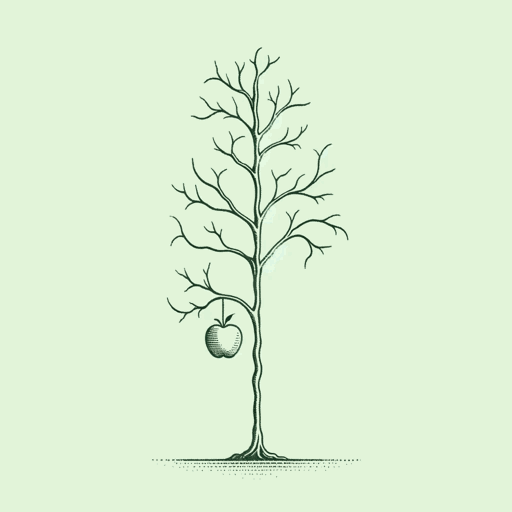
A Poison Tree
William Blake

Auguries of Innocence
William Blake
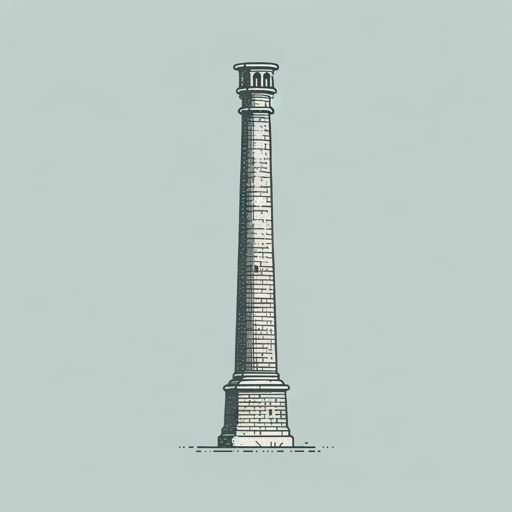
London
William Blake

Night
William Blake

Songs of Innocence and of Experience
William Blake
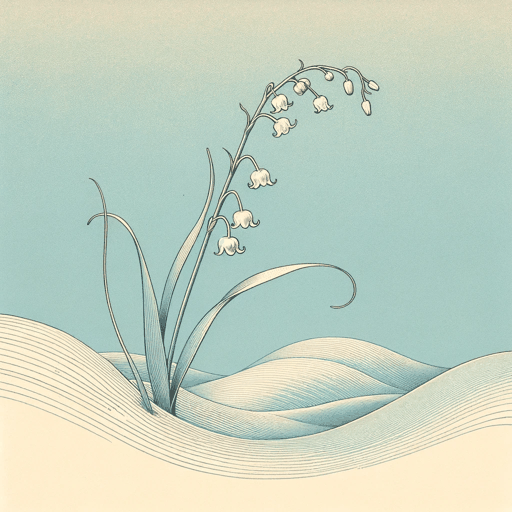
The Book of Thel
William Blake
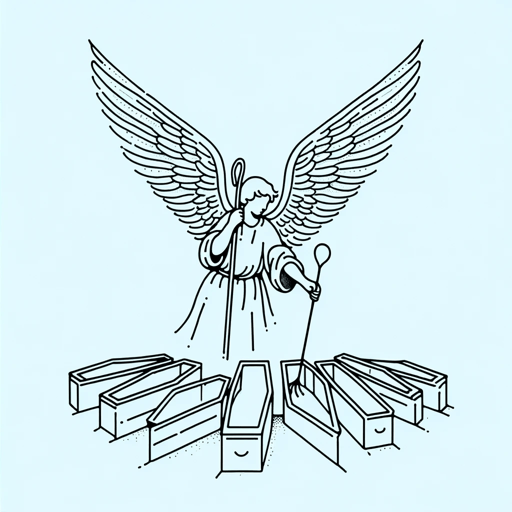
The Chimney Sweeper
William Blake
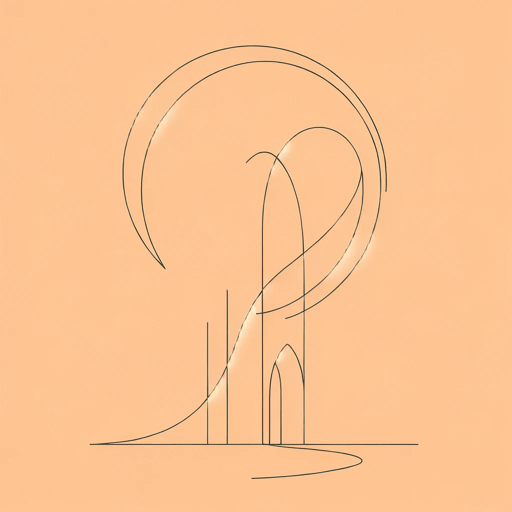
The Garden of Love
William Blake

The Lamb
William Blake
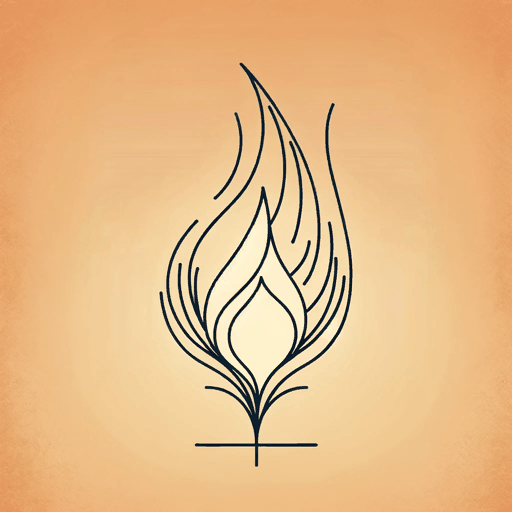
The Marriage of Heaven and Hell
William Blake

The Sick Rose
William Blake

The Tyger
William Blake

